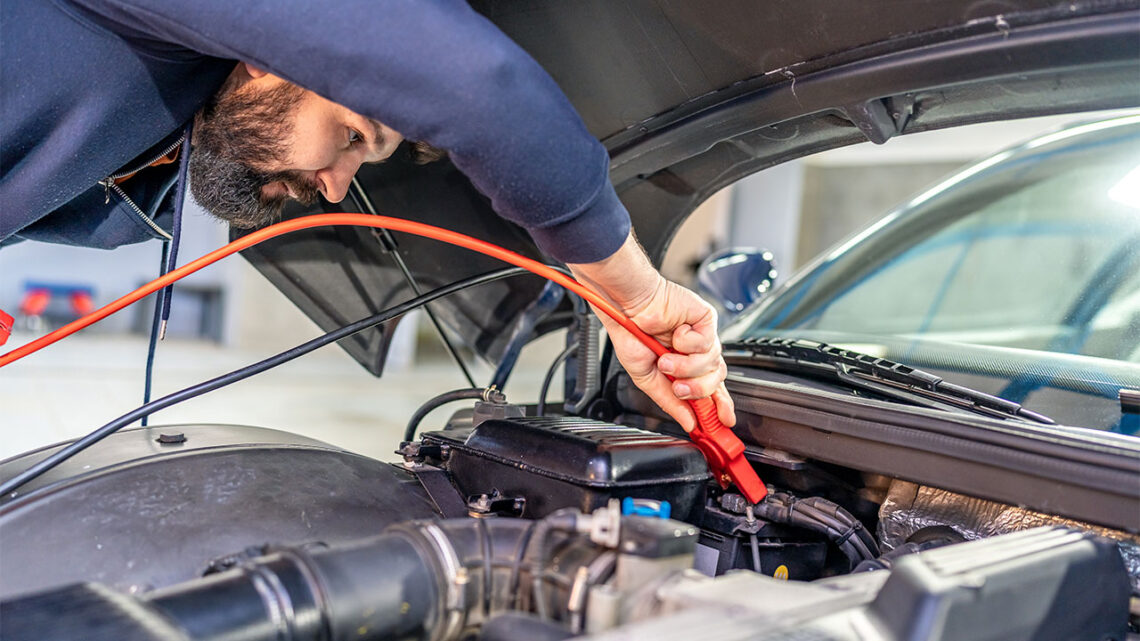Hello everyone, have you ever experienced your car battery dying? But don’t worry, I’m here to offer some excellent tips on how to get your wheels going like a pro by jumping a car battery.
You can quickly get back on the road with a few simple techniques and some essential equipment. So grab your jumper cables and fasten your seatbelt. Because we’re going to give your battery a much-needed boost!
Table of Contents
How to Jump-Start a Car Battery?
Dead vehicle will shut everything down in the middle of the road making all your plans go away specifically if it’s an electric car depends solely on the batteries. Let’s find out jumping a car battery steps;
1. Prepare: Gather your Supplies
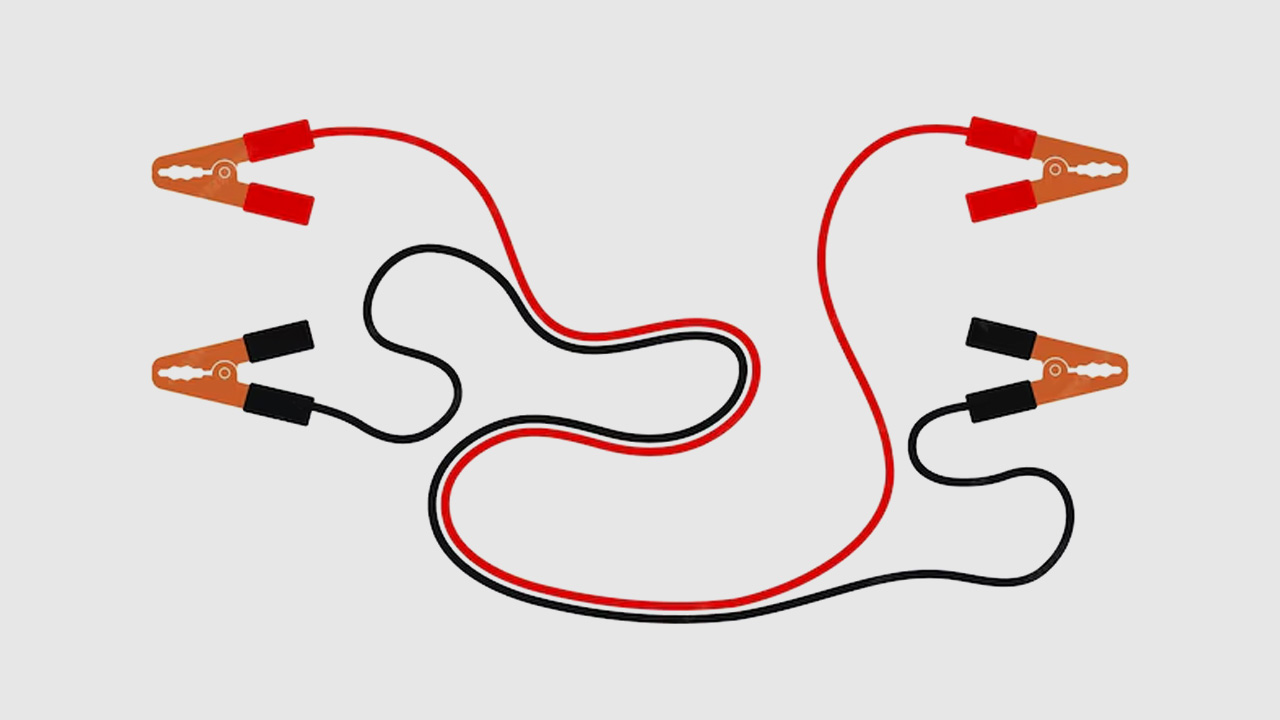
Make sure you have all the necessary car equipment before we do anything else. Ensure the jumper cables are in good condition and ready to go. Nothing is worse than a broken wire in an emergency!
2. Buddy Up: Find a Partner for Power
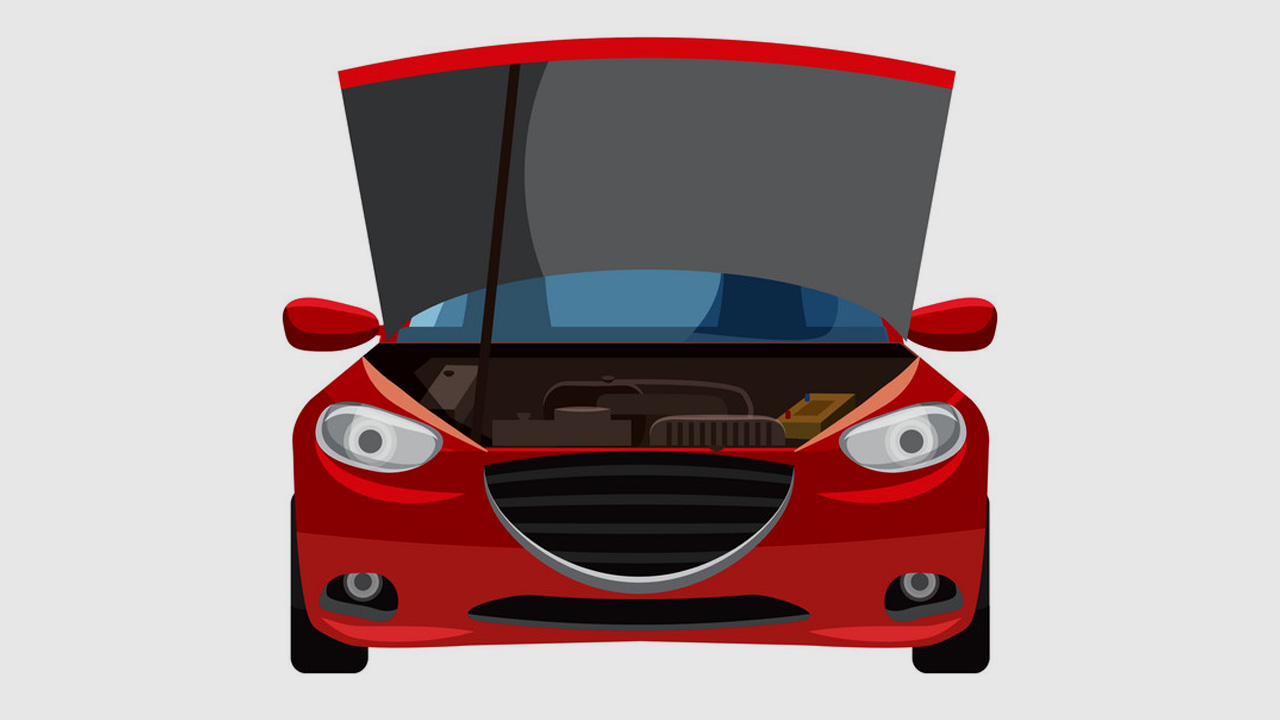
It’s time to dispatch the cavalry next. Speak to a friend who has a spare battery or a functional car. In a pinch, having a backup friend on hand may make all the difference. Another vehicle with a good battery is what you need to give you a boost.
Park your dead and live vehicles in a way that the hoods are facing among them. The distance between hoods must be enough to cover the jumper cable’s length as it should reach both ends. Finally, make sure the vehicles are no touching each other.
- Pull Up Close: Park the Second Vehicle Near: It’s time to settle down now that you have your backup partner arranged. They should park their vehicle somewhat near to yours, but not too close. Because this isn’t the place for a little collision!
3. Hood’s Up: Access Granted
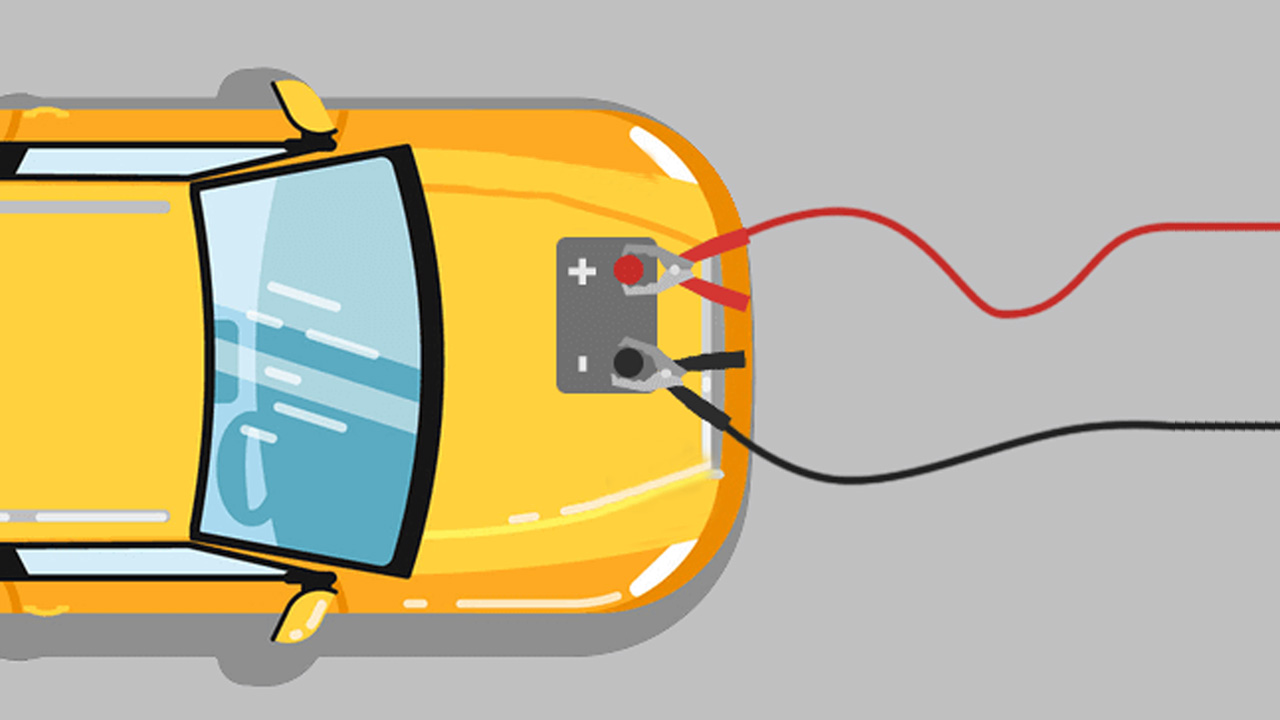
Crack up those hoods with the same gusto as you would on a sweltering summer’s day. You can now reach the automobile batteries, which are the center of the operation, thanks to this procedure. Pop up the hoods on both vehicles. Battery location depends upon the make and model of each vehicle.
Search for a little box with two protruding metal bolts on top. The terminals are these bolts of metal. The terminals are often marked with a (+) for positive and a (–) for negative, and they are frequently covered in red and black coverings. To access the terminals, manually lift any plastic coverings that may be present.
- Battery Hunt: Locating Those Terminals: Look closely beneath the car to find the battery connections. You don’t need to worry; they are only waiting for some affection from you in the form of jumper cables. It will help jumping your car battery in no time.
4. Cable Connect: Connecting for a Power Up
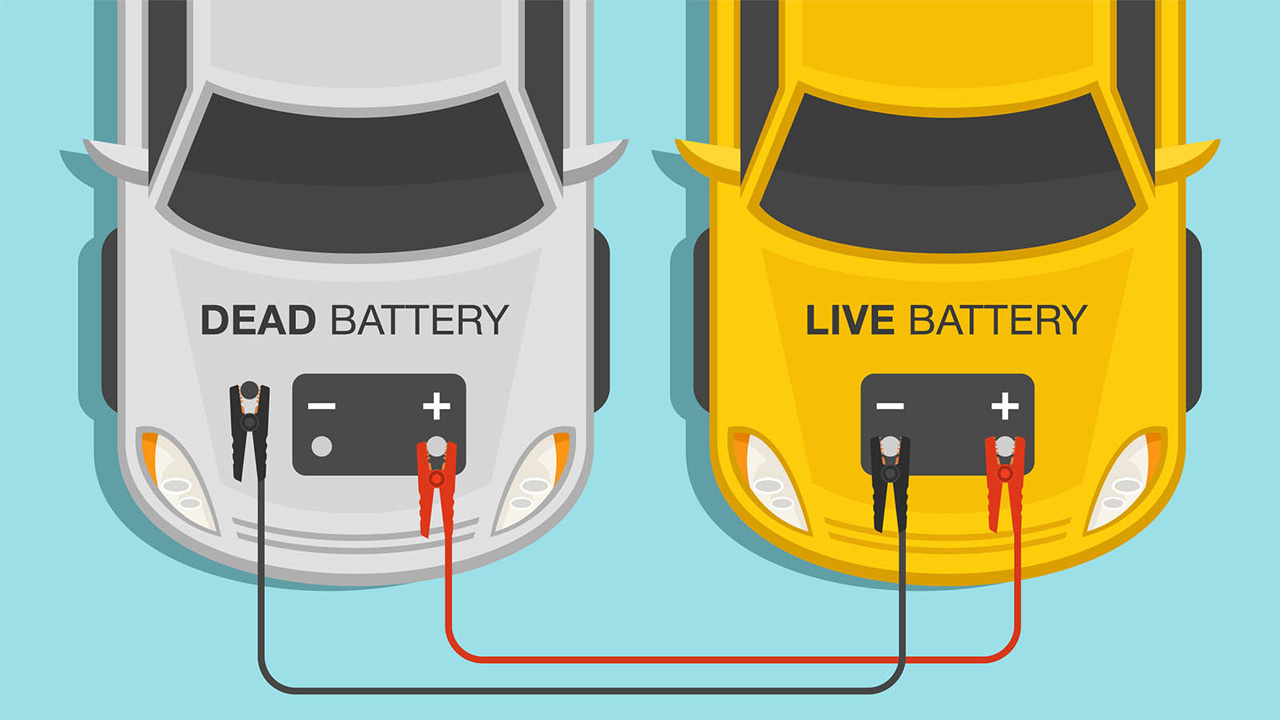
Now that we can see those terminals, let’s connect. It’s simple: red corresponds to positive, and black to negative. you prevent sparks from flying, just be sure you follow the proper sequence. The jumper cables are color coded where there are red and black clamps. Connect one of the red clamps to the dead battery’s positive terminal. There can be a red cover on the positive terminal.
Look under the terminal for the (+) symbol if there are no covers. To attach the clamp, open the jaws around the terminal and take the handles off. While doing this, avoid touching the metal clamps on either pair of wires together. You could spark anything that ignites flammable chemicals in your engine bay or burns hands.
Simply keep them apart while working. Here’s an overview of the order: black cable to live battery, black wire to ground, red cable to dead battery, and red cable to live battery.
5. Light It Up: Initiating the Resurrection
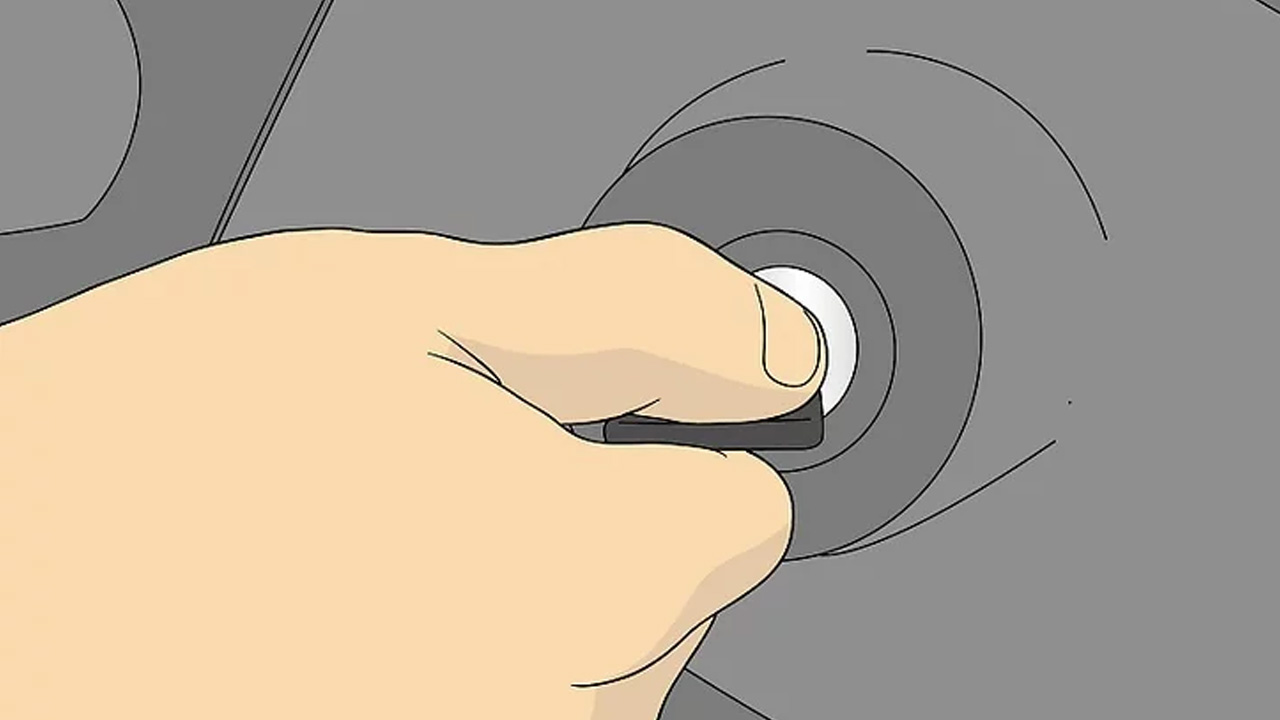
Now that the wires are in place, turn on the running automobile and give it some time to run. You enable your battery to recover its energy and start operating again by doing this activity. To start their car, ask the other driver to come inside and turn on the ignition.
Your battery will start charging as soon as they start their engine. Turn off your headlights and interior lights if you see that they turn on when they start their car. You probably forgot to turn these lights off, therefore your battery is dead!
6. Give It Another Shot: Patience Pays Off
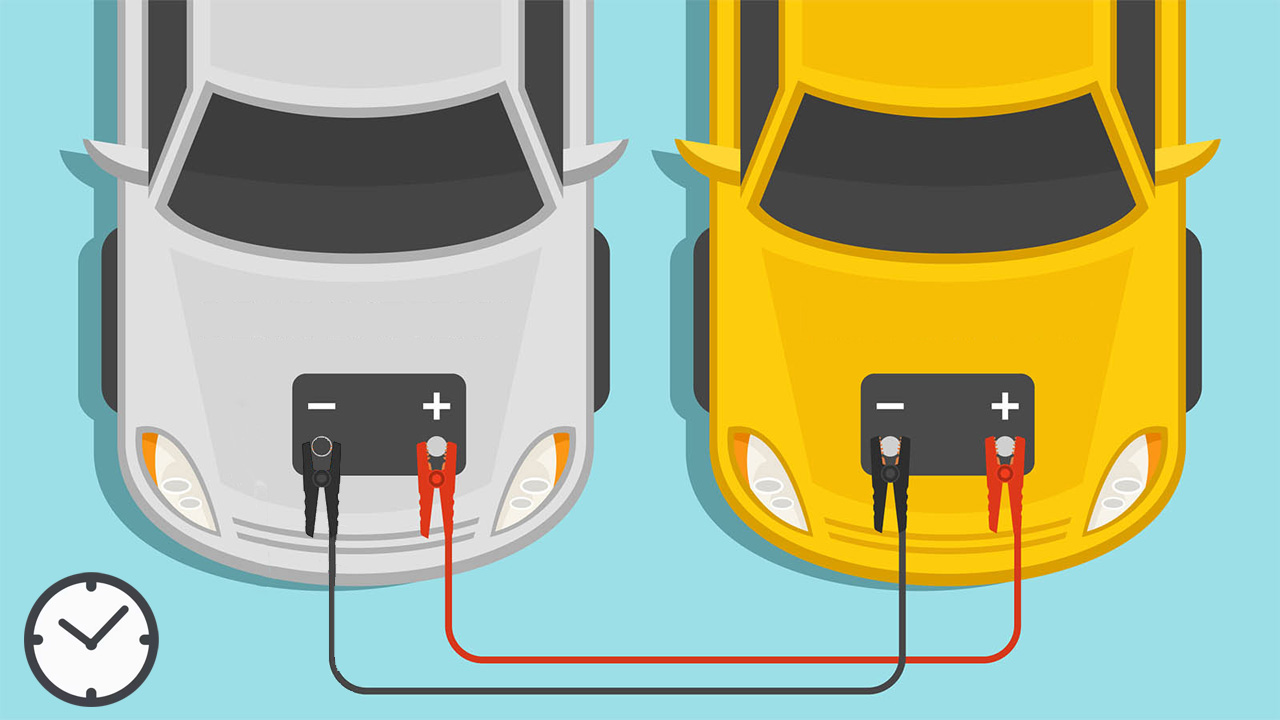
Now it’s your turn, my beloved car. See if you can get her to start by twisting that key. If not, don’t panic; just try again while keeping your cool. Once you’ve had a few minutes to spare, get in the driver’s seat and operate the car as usual.
Verify that the clamps are attached if it doesn’t start the first time. Give it one more go after a little delay. As long as the jumper cables are positioned correctly, the engine should start if the only problem is a dead battery.
- Unlinking Time: Safely Disconnect the Cables: Once your car starts up again, it’s time to safely disconnect the cables. Like putting your shoes at the door, black goes first and red goes last. While you’re storing the wires and giving gratitude to the other motorist for their assistance, don’t switch off your car. If you turn off the engine, your battery won’t have time to recharge. Simply leave it running for a little period as you tidy up.
7. Taking the Wheel Again: Getting Back on the Road
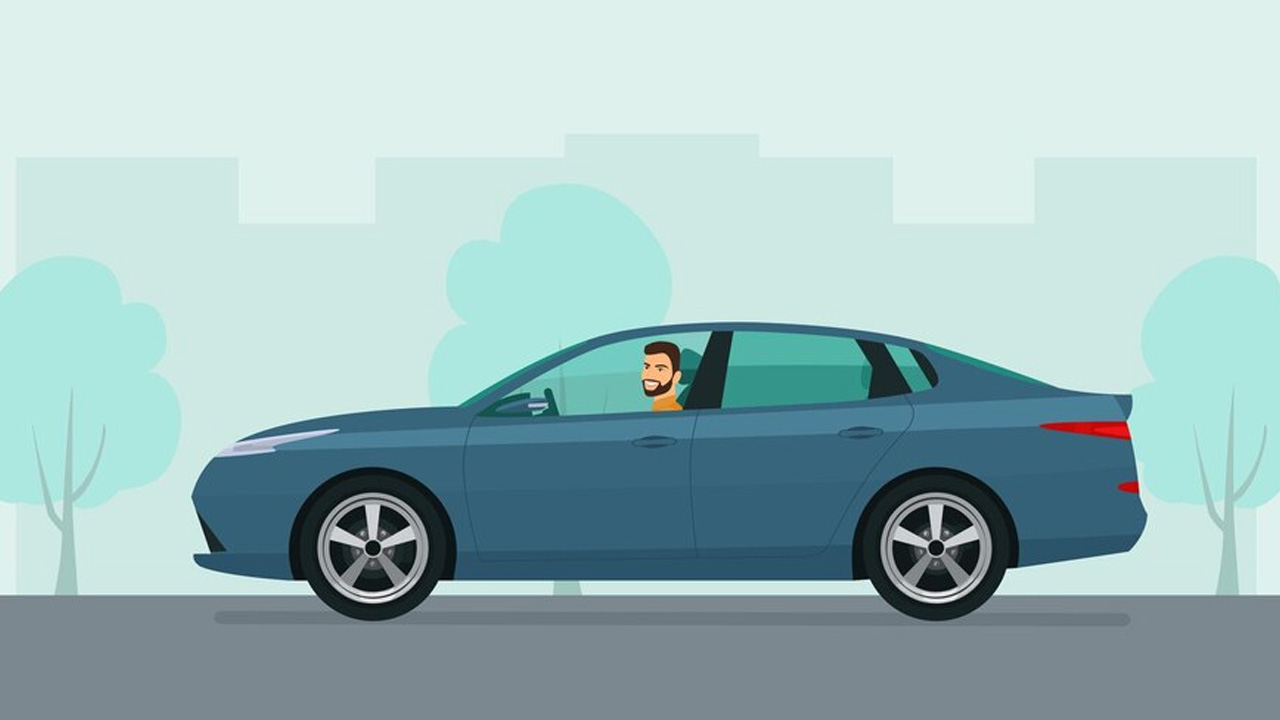
Now that the jump-starting process is over, it’s time to go back behind the wheel and go. You succeeded, my friend—you came to the rescue! Never forget that you have the skills to handle a difficult situation like a real-blue American if you ever find yourself in one again. Happy travels!
You May Also Like to Read:
Troubleshooting When It Doesn’t Work
Jumping a car battery occasionally falls short of the mark despite our best efforts. There are a few troubleshooting techniques you may try to resolve the problem, such as;
- Verify Connections: Make sure each connection is verified twice. Also that there is no rust or debris obstructing the connection between the jumper cables and the battery terminals. You have to keenly check that the wires are firmly linked.
- Try Again: Make one more attempt. Sometimes starting the engine again only requires trying to jump-start the battery twice. After the car has been charging for a few minutes, try starting it again with patience.
- Examine the Battery: Even after being jump-started, an old or obviously broken battery may not retain a charge. Examine the battery more closely for indications of damage, leakage, or corrosion. A battery must be monitored as it’s like a backbone to your vehicle.
- Examine the Starter: If, despite several tries, the engine still won’t start. The starter may be the problem rather than the battery. When attempting to start the car, pay attention for any clicking or grinding sounds. In usual terms as well, the engine must be cleaned and examined to ensure smooth ride.
- Check the Alternator: Even after jump starting, a malfunctioning alternator might prevent the battery. To check the alternator’s voltage output, use a multimeter. Should it fall short of the suggested range, the alternator could require maintenance.
- Seek Professional Assistance: It could be time to bring in the experts if you’ve exhausted all troubleshooting options. The engine might still won’t start. A skilled roadside technician can identify the problem and suggest the necessary fixes to get your car back on the road.
Related Pick:
4 Simple Tips to Maintain Car Battery during Winter
Conclusion
In conclusion, jumping a car battery can be a lifesaver when you find yourself stranded with a dead battery. By following these simple steps and precautions, you can safely and effectively revive your vehicle. You can get back on the road in no time.
Remember to gather your supplies, find a reliable partner with a functioning vehicle. Carefully connect the jumper cables in the correct sequence to avoid any mishaps. If your initial attempt doesn’t succeed, don’t panic.
Troubleshooting techniques such as verifying connections, trying again, and inspecting the battery may help. Also there are multiple measures including precautions for car safety as well. Other options could be starter, and alternator can help diagnose/resolve the issue. And if all else fails, don’t hesitate to seek professional assistance for such auto breakdown and replace your automobile battery.
With a bit of patience and persistence, you’ll soon be back behind the wheel. In no time, be ready for your next adventure on the open road. So, stay calm, follow the steps, and keep driving with confidence!
You Might Like to Read: Top Signs of a Failing Car Battery | Identify Problems Early
